Savannah Milkweed (Asclepias pedicellata) is a unique and understated member of the Asclepias genus, known for its delicate appearance and association with wetland habitats. This article delves into the characteristics, distribution, ecological significance, and conservation of this lesser-known milkweed species.
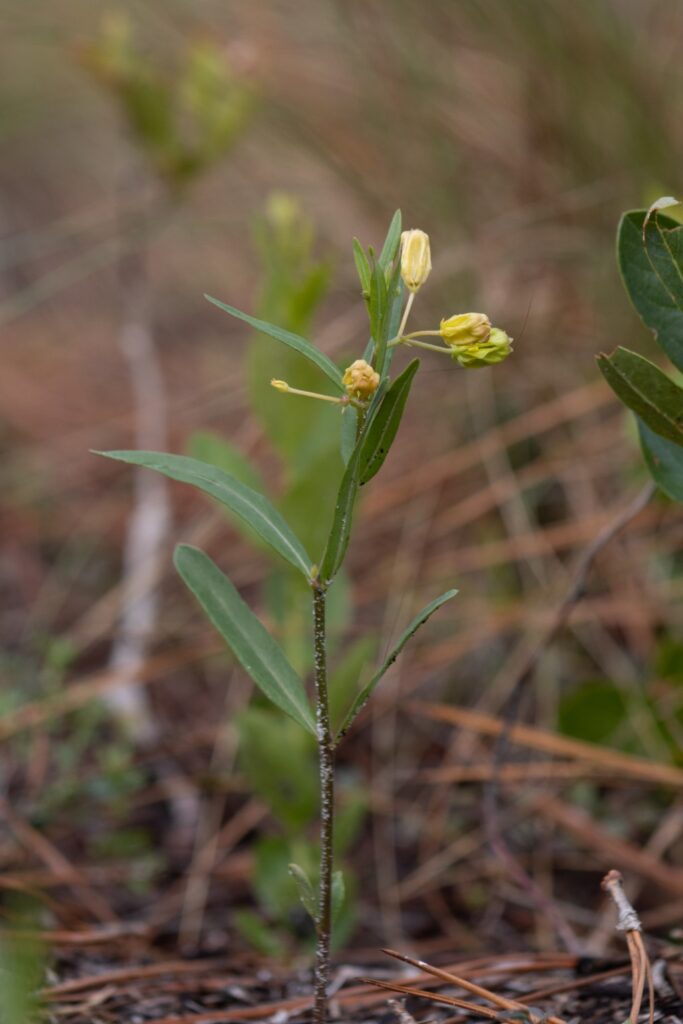
Description
Appearance
Savannah Milkweed stands out for its slender, grass-like leaves and small clusters of pale green to yellowish flowers. The plant typically reaches a height of 1 to 2 feet and exudes a milky latex when broken, a common trait among milkweeds.
Flowers and Fruits
The flowers of Asclepias pedicellata bloom from late spring to early summer, producing small umbels that are attractive to various pollinators. Following pollination, the plant develops slender seed pods filled with seeds equipped with silky hairs, aiding in wind dispersal.
Distribution and Habitat
Savannah Milkweed is native to the southeastern United States, particularly in areas with wet, marshy conditions. It is commonly found in savannas, wet prairies, and along the edges of swamps and marshes.
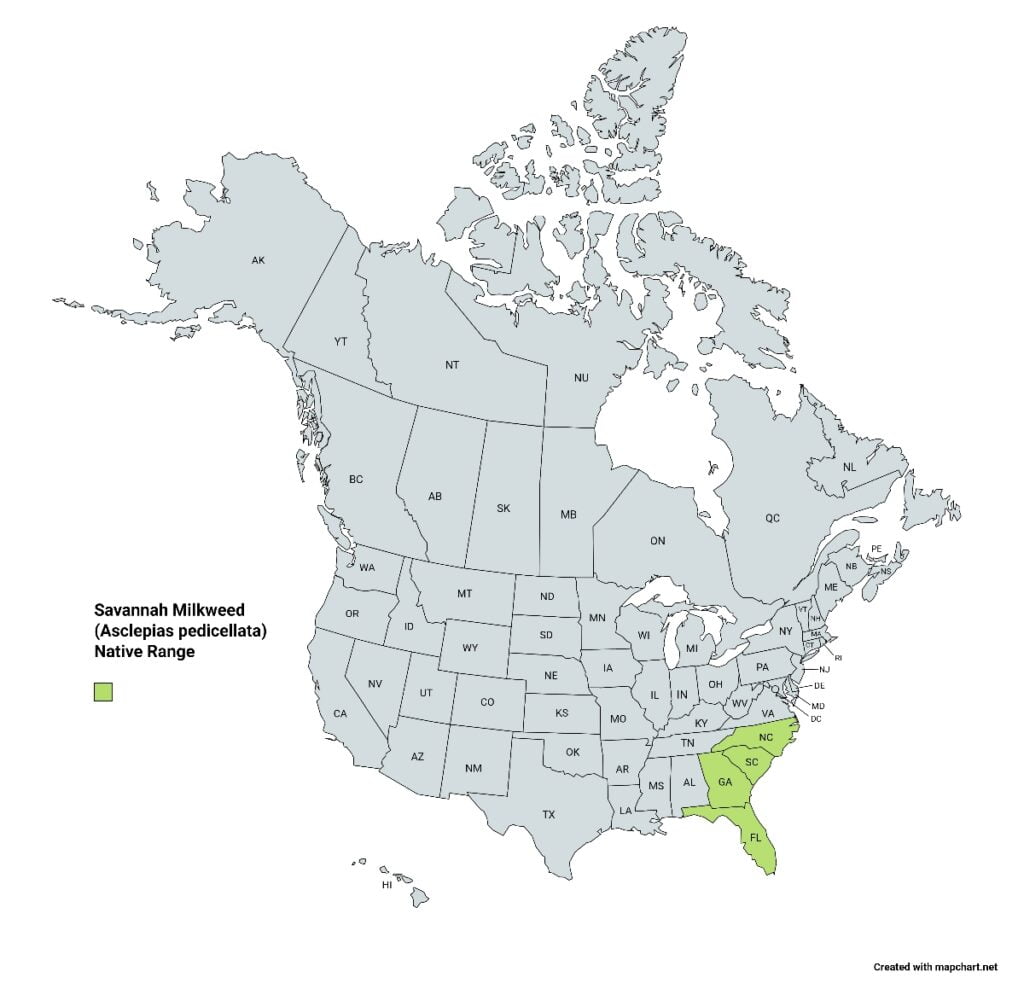
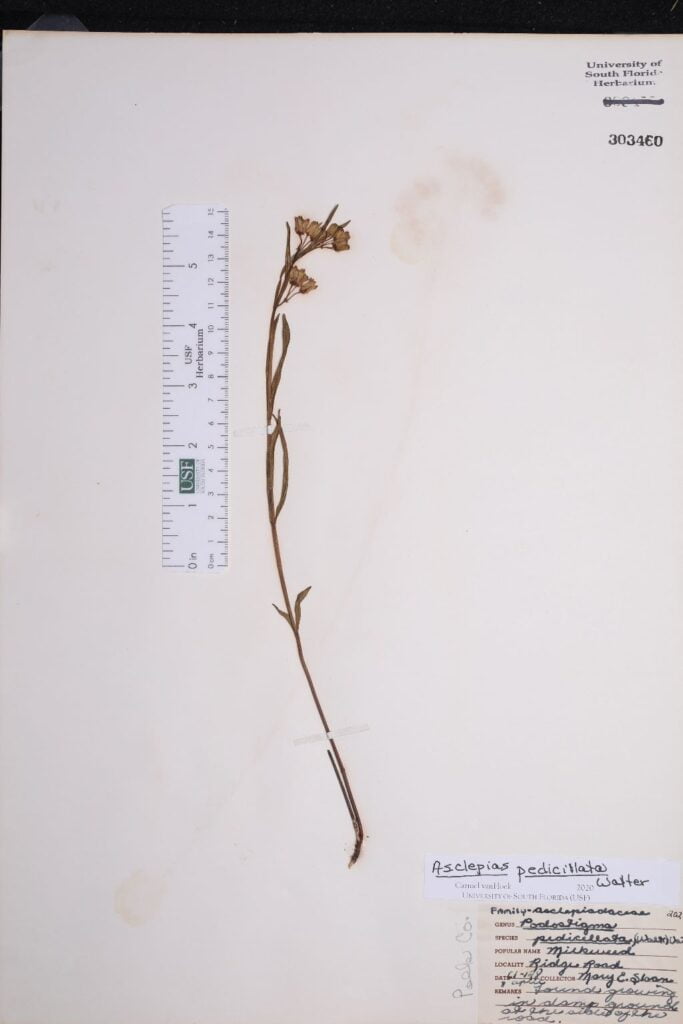
Ecological Importance
Pollinator Support
Like other milkweeds, Savannah Milkweed offers nectar to a variety of pollinators, including bees, butterflies, and moths. While not a primary host for Monarch butterflies, it still plays a part in the broader pollinator network.
Wetland Ecology
Its preference for wetland habitats means that Savannah Milkweed contributes to the complex ecosystems of marshes and swamps, supporting other wildlife and plant species and playing a role in water purification.
Cultivation and Uses
Though not widely cultivated, Savannah Milkweed can be a unique addition to native gardens, particularly those with damp or boggy soil conditions. Its subtle beauty adds a touch of wilderness to garden landscapes.
Conservation
As urbanization and agricultural development encroach on wetland areas, Savannah Milkweed faces habitat loss. Conservation efforts that protect wetlands indirectly support this and other native species that rely on these unique environments.
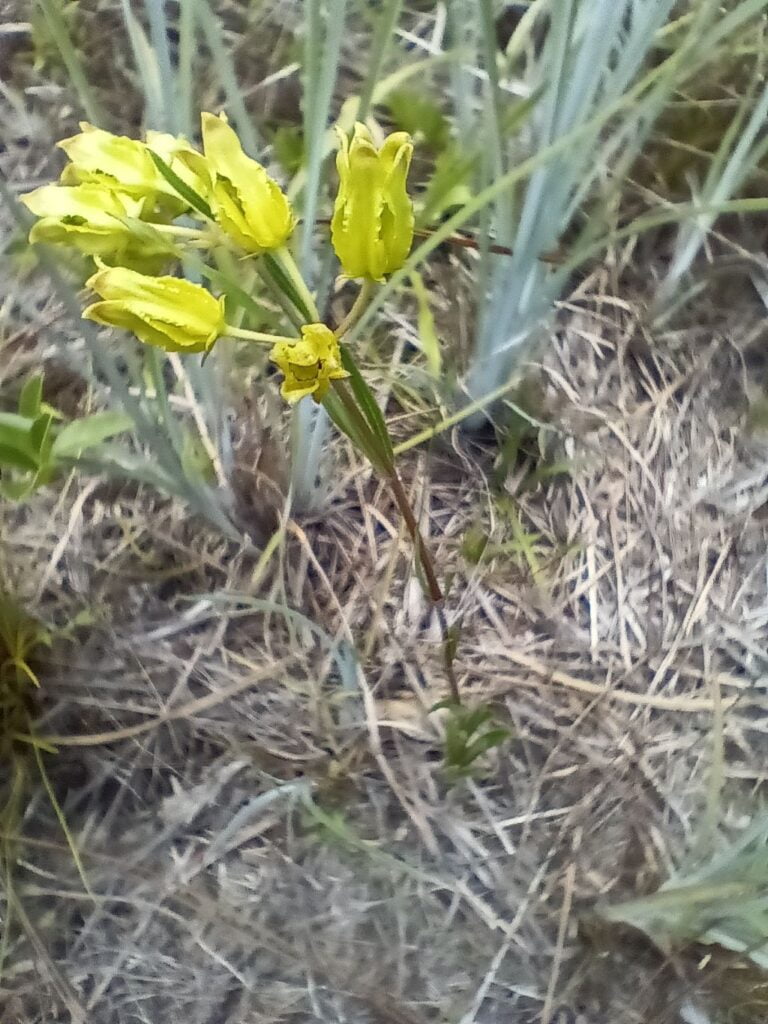
Conclusion
Savannah Milkweed (Asclepias pedicellata) may not be as well-known as some of its more colorful relatives, but it holds a special place in the ecosystems of the southeastern United States. Its delicate appearance belies a resilient nature, adapted to the challenging conditions of wetland habitats.
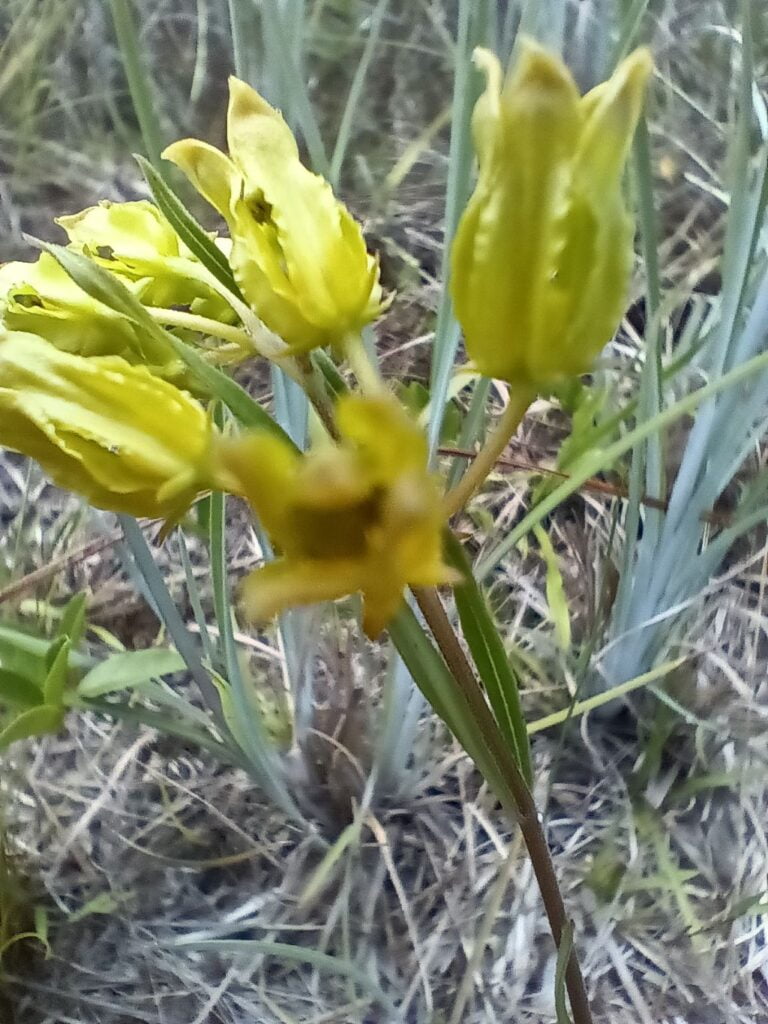
Gardeners interested in native plants and wetland restoration, as well as butterfly enthusiasts, can find in Savannah Milkweed a symbol of the intricate and often overlooked connections that bind together the natural world. Its presence reminds us of the importance of preserving diverse habitats and the often hidden beauty that lies within them.

The Adventures of Johnny Butterflyseed – Author Signed First Edition Children’s Book
Save the monarchs!
Johnny Butterflyseed and his fairy friend, Raven Silverwing, embark on a mission to save the rapidly disappearing butterflies. They enlist the help of Queen Venus Goldwing and her kingdom of monarchs to educate and inspire kids to become butterfly farmers. At first, Johnny faces his own internal struggle with self-doubt and fear in his ability to make a difference, but then soon develops a mindset that allows him to not only get started, but also make progress one day at a time. Through challenge after challenge, Johnny learns that he is not alone in his mission and that there are many people who want to help. Together, Johnny, Raven, and Queen Venus educate thousands of children on becoming butterfly farmers.
